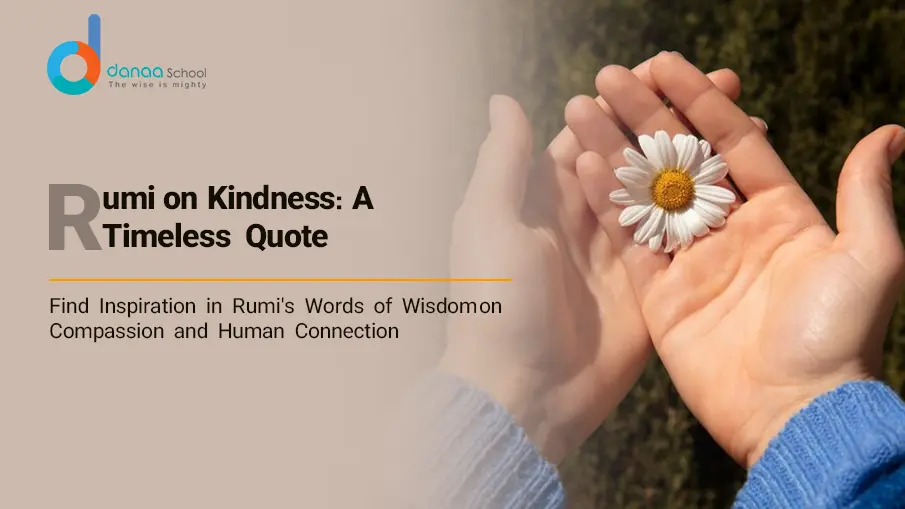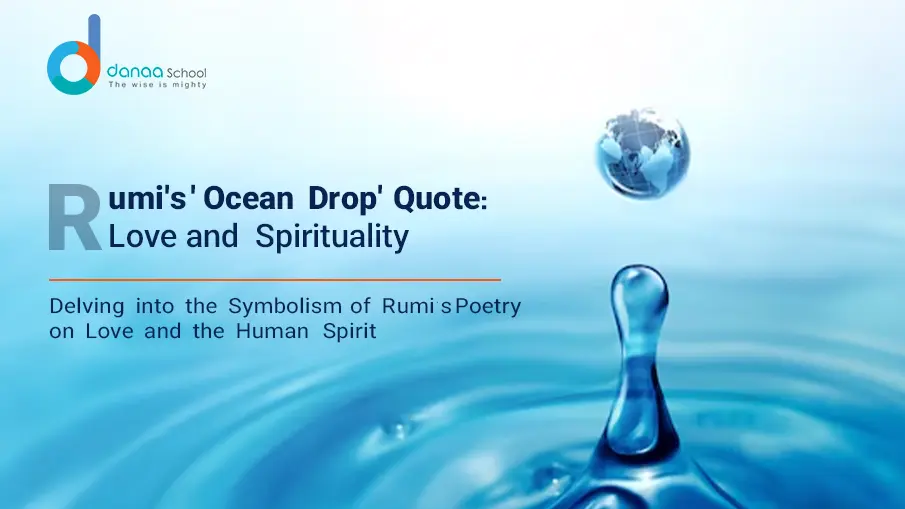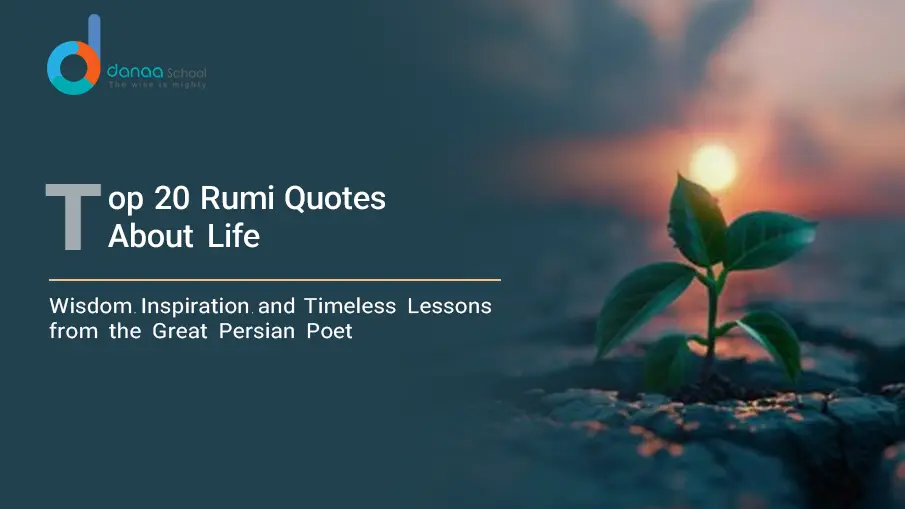When we hear the name Rumi, images of swirling dervishes, profound Persian poetry, and timeless spiritual wisdom immediately come to mind. But behind every great mind, there is often a powerful muse. For Jalaluddin Rumi, that muse was Shams of Tabriz.
Was Shams merely a mentor, or was there something far deeper between these two spiritual giants? Let’s explore the mystical relationship between Rumi and Shams, the wandering dervish whose presence gave birth to one of the greatest literary legacies of the 13th century.
A Journey Through the Lives of Rumi and Shams
Before understanding their bond, it is essential to know who Rumi and Shams were individually. Jalaluddin Rumi was a 13th-century Persian poet, religious scholar, and spiritual leader whose works became cornerstones of Persian literature and Sufi thought.
Shams al-Din Muhammad, known as Shams Tabrizi, was a wandering dervish and spiritual master. His arrival in Rumi’s life transformed Rumi from a respected religious scholar into an ecstatic mystic and poet. Their story begins in Konya, where their lives collided in a moment of spiritual destiny.
The First Meeting: A Mystical Encounter
The first meeting between Rumi and Shams is often described as a spiritual explosion. Legend recounts that Shams asked Rumi a provocative question: “Who is greater, the Prophet Muhammad or the mystic Bayazid?”
Rumi was struck by the depth and fearlessness of Shams’ insight. This encounter marked the beginning of a bond so intense that it reshaped both men’s lives.
Some believe Shams’ spiritual mastery captivated Rumi. Others see their connection as the recognition of a kindred soul. Whether spiritual companions, mirrors of divine love, or something beyond labels, their bond reached far beyond ordinary human relationships.
Were Rumi and Shams Lovers? The Ongoing Debate
One of the most debated questions surrounding Rumi and Shams is whether their relationship was purely spiritual or contained elements of romantic love. Rumi’s poetry addressed to Shams is deeply passionate and intimate, filled with words like “beloved,” “my soul,” and “light of my life.”
However, within Sufi tradition, such language is symbolic. The “beloved” often represents the divine or the spiritual guide through whom divine truth is revealed. For Rumi, Shams embodied divine love itself— a living mirror of God.
So were Rumi and Shams lovers? The answer depends on whether their bond is interpreted literally or through the lens of Sufi spirituality.
Rumi’s Transformation: From Scholar to Mystic Poet
Before meeting Shams, Rumi was known primarily as a religious teacher. After Shams entered his life, Rumi transformed into the ecstatic poet recognized around the world today.
Shams appears repeatedly in Rumi’s poetry as a symbol of divine light and truth. Verses in the Masnavi and poems often referred to as “The Sun in Arabic” reflect the intensity of this spiritual bond.
After several years, Shams disappeared under mysterious circumstances. Whether through exile or murder, his absence devastated Rumi. That pain became the fuel for some of Rumi’s most powerful poetry, where longing and separation became central spiritual themes.
Shams Tabrizi: The Enigmatic Spiritual Master
Shams Tabrizi remains one of the most enigmatic figures in Sufi history. A wandering dervish, he rejected rigid religious formalism and sought direct experience of the divine.
His teachings emphasized inner transformation over external ritual. Scholars suggest that Shams acted as the catalyst for Rumi’s spiritual awakening, igniting the devotion that defines Rumi’s later work.
The Legacy of Rumi and Shams in Persian Literature
The relationship between Rumi and Shams left an indelible mark on Persian literature and Sufi mysticism. Much of Rumi’s poetry was inspired by Shams, and their bond continues to fascinate scholars, readers, and spiritual seekers worldwide.
Questions surrounding their lives— from Shams’ disappearance to interpretations of their intimacy— continue to keep their story alive, centuries after their time.
FAQs
What does Rumi mean by Shams?
Shams symbolizes divine light, truth, and spiritual awakening in Rumi’s poetry.
Were Rumi and Shams lovers?
Their relationship was deeply spiritual. While passionate, it’s widely interpreted within a mystical, rather than a literal romantic, context.
At what age did Rumi meet Shams?
Rumi was in his late 30s when he first met Shams.
Were Shams and Rumi twin flames?
Many see them as spiritual counterparts, with Shams acting as the catalyst for Rumi’s mystic transformation.
Why did Shams not sleep with Kimya?
Shams’ marriage to Kimya was likely symbolic, reflecting spiritual union rather than a conventional marital relationship.
Did Shams marry Kimya?
Yes, but their marriage is often understood within the context of spiritual teachings rather than conventional relationships.
Conclusion
In summary, the relationship between Rumi and Shams was profound, transformative, and mysterious. Whether seen as spiritual companions, twin flames, or something more, their connection continues to inspire seekers worldwide. The poetry born from their bond transcends the boundaries of time, resonating with anyone on the quest for love, truth, and divine union.
Interested in diving deeper into Persian poetry and the mystical journey of Rumi? Enroll in Danaa School’s Persian Poetry Course and explore the spiritual teachings of Rumi through a comprehensive curriculum designed to illuminate the path of one of the greatest poets of all time.











2 Responses
The truth of Rumi’s words transcend the literal meanings of them. It is our experience of reading his poetry, like hearing the notes arising from a Kora, that matter most. The reason for the notes and their arrangement may never be defined, but the beauty is unmistakable.
Rumi’s enlightenment and his expression of it, were created in his mind, influenced by education, culture, historical period, his role as a teacher, and his journey with Shams Tabrizi. None of us will ever have that same constellation of days.
Human understanding has limits. My reverence for Rumi is limited by my need to read translations of his work rather than the original. But even in translation, the essences of his wisdom have been a remarkable influence on my life. Those essences are a gift that can illuminate our days. Essences need no further explanation. It is the ego and its biases that try to fit Rumi’s writing into a framework of our previous experience.
It is the greatest teachers who present wisdom that did not exist before. Their genius enriches all, but its origin will forever be shrouded in the mysteries of their experience.
Thank you so much for your heartfelt reflection. Your words beautifully echo the spirit of Rumi’s poetry — that the essence transcends language and logic, and speaks directly to the soul.
Indeed, Rumi’s journey with Shams is not something we can fully reconstruct or replicate; it was a unique convergence of inner readiness, cultural depth, and spiritual awakening. And yet, as you say, even through translations, something essential still reaches us — a timeless wisdom that continues to stir and transform.
I agree deeply with your insight: trying to fit Rumi into pre-existing frameworks often reduces the vastness of his message. It’s a humbling reminder to approach such teachings with openness rather than analysis.
Thank you for sharing how Rumi has touched your life. May his words continue to illuminate your path, as they do for so many across centuries and cultures.